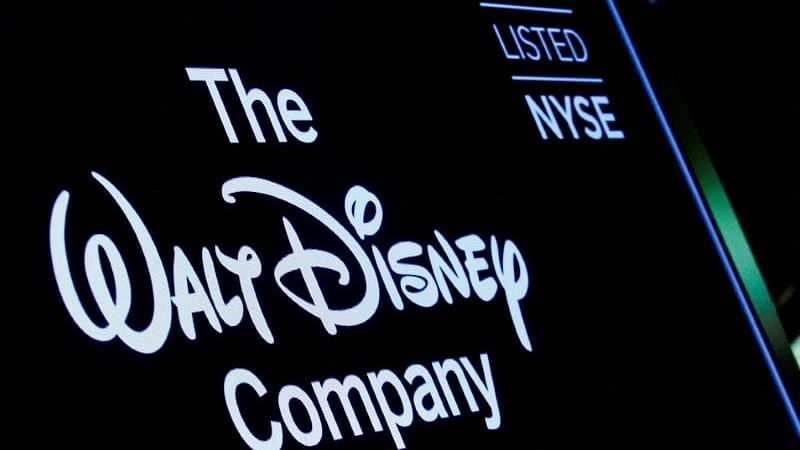
A screen shows the logo and a ticker symbol for The Walt Disney,
Credit: Reuters File Photo
Los Angeles: Walt Disney's surprise profit in its streaming entertainment division was eclipsed by a drop in its traditional TV business and weaker box office, sending its stock tumbling 10%, on track for its deepest one-day drop in 17 months.
Like other media companies, Disney has been trying to adapt to consumer migration from cable television to streaming entertainment, and had promised Wall Street that its streaming operation would become profitable by September.
The division has been losing money since Disney+ debuted in 2019 in a major push by the company to compete with Netflix .
However, revenue from the traditional television business declined 8% to $2.77 billion and operating profit fell 22% from a year ago.
That decline reflected lower ad revenue and the impact of Disney's new TV distribution deal with Charter Communications , as the second-largest cable TV and broadband company dropped eight of Disney's cable networks.
"The initial market reaction is showing that there are more questions than answers for earnings over the next couple of quarters," said Brian Mulberry, client portfolio manager at Zacks Investment Management.
The direct-to-consumer entertainment division, which includes the Disney+ and Hulu streaming services, reported operating income of $47 million for the January-March period, compared with a loss of $587 million a year earlier.
But the combined streaming business with ESPN+ lost $18 million. The division had lost $659 million in the prior year.
"We've said all along that our path to profitability will not be linear," Chief Executive Bob Iger said during an earnings call with analysts.
Iger, who came out of retirement to revamp Disney in November 2022 and defeated board challenges from activist investors last month, instituted cost cuts that are expected to reach at least $7.5 billion by the end of September.
He also unveiled a 10-year, $60 billion investment in theme parks and announced plans for a standalone ESPN streaming app, among other efforts.
Disney+ added more than 6 million customers during the quarter, and average revenue per user rose 44 cents, outside of India. Disney offers a lower-priced plan in India that it counts separately.
Because of costs to stream cricket, streaming entertainment will likely report a loss for the current quarter but swing back to a profit the following period, said Chief Financial Officer Hugh Johnston, in an interview.
The combined streaming unit should generate a fiscal fourth-quarter profit and become a "meaningful future growth driver for the company, with further improvements in profitability for fiscal 2025", Disney said in its statement.
During the second quarter, the Mouse House posted diluted earnings per share, excluding certain items, of $1.21, above of analysts' estimate of $1.10, according to LSEG data. Quarterly revenue rose to $22.1 billion, in line with expectations.
The company's experiences division, which includes the Disney theme parks around the world, reported operating income of $2.3 billion, a 12% increase from a year ago.
During the earnings call, Johnston said that while consumers are still traveling in record numbers, there is some evidence that the trend is beginning to fall from its peak after the pandemic.
At Disney's entertainment segment, home of the traditional TV business, streaming and film, operating income rose 72% from a year earlier to $781 million. The company said it will reduce its output of Marvel content, moving to two television series and three movies per year, in order to focus on quality.
The sports unit that includes ESPN saw operating income decline by 2% to $778 million, which it attributed to the timing of college football playoff games.
Disney now expects adjusted earnings per share to rise by 25% this fiscal year, up from the prior forecast of a 20% increase. It attributed the change to strong results at theme parks and improvements in the streaming business.